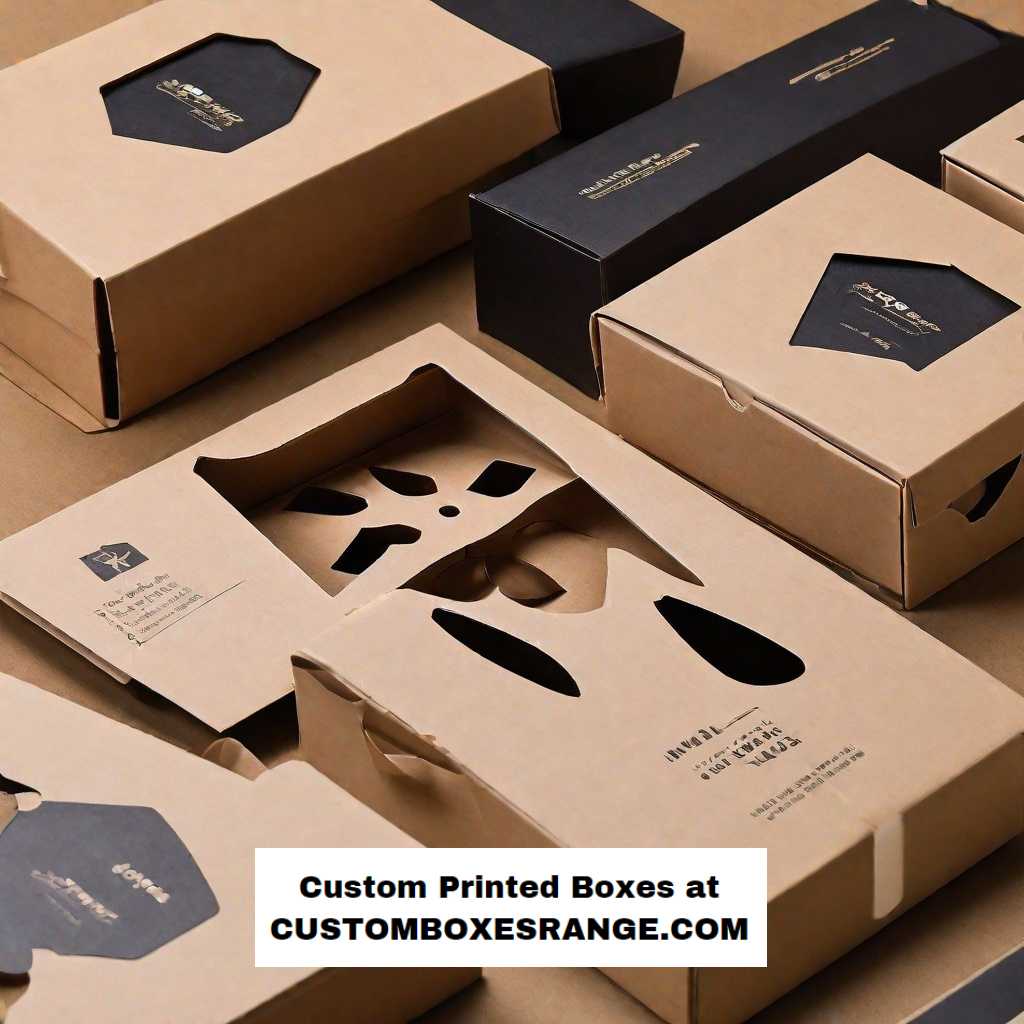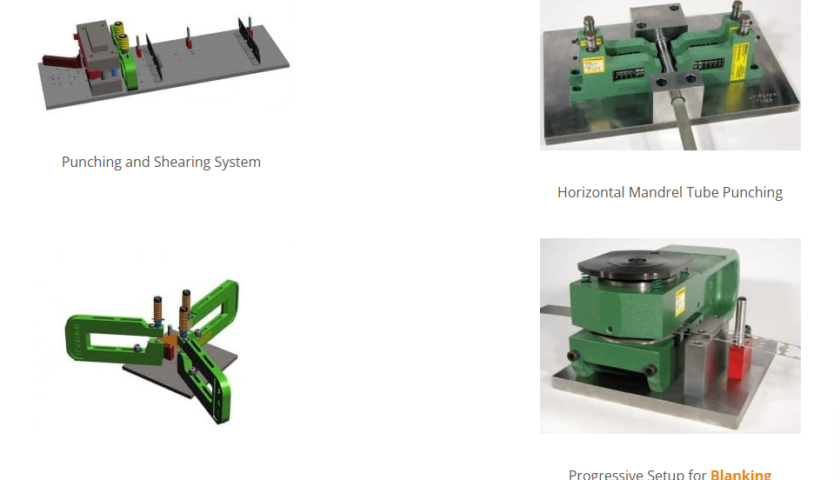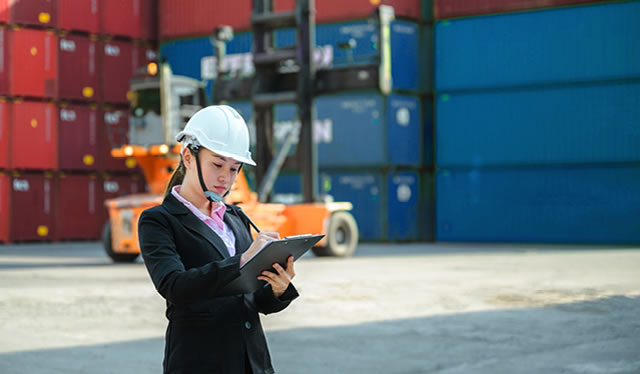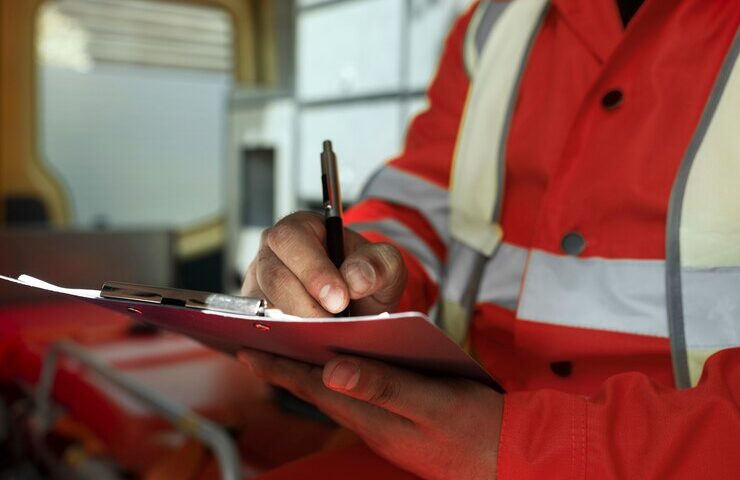If you’ve ever received a beautifully packaged gift or opened a neatly organized product, chances are it came in a die-cut box. These boxes are versatile, visually appealing, and can be customized to suit various purposes. But have you ever wondered what materials are used to create these remarkable boxes? In this article, we’ll explore the world of custom die-cut boxes, exploring the materials that make them possible. So, let’s get started on this fascinating journey.
What Are Custom Die-Cut Boxes?
Die-cut boxes are custom-designed custom packaging solutions that are cut and scored into specific shapes and sizes using a die-cutting machine. These boxes come in various forms, including mailer boxes, retail display boxes, and product packaging. The uniqueness of die-cut boxes lies in their ability to be precisely tailored to fit the product they hold.
Cardboard: The Go-To Material
Cardboard is the most common material used in die-cut boxes. It’s versatile, cost-effective, and eco-friendly. Cardboard boxes can be die-cut into intricate designs and shapes, making them perfect for retail packaging, food containers, and gift boxes. The sturdiness of cardboard ensures that your products remain protected during transit.
Corrugated Board: For Added Strength
When you need extra strength and durability, corrugated board comes into play. Corrugated die-cut boxes consist of a fluted layer sandwiched between two flat liner boards. This construction adds strength, making them ideal for shipping heavy or fragile items like electronics and glassware.
Paperboard: The Lightweight Option
Paperboard is a lightweight and versatile material for die-cut boxes. It’s commonly used for items like cereal boxes, cosmetics packaging, and board games. Paperboard die-cut boxes are easy to fold and assemble, making them a practical choice for brands that want a hassle-free packaging solution.
Plastic: Durability and Clarity
Plastic die-cut boxes offer durability and clarity. They are often used for products that require a transparent display, like electronics accessories or cosmetics. Plastic die-cut boxes not only protect your items but also showcase them elegantly.
Foam Inserts: Protection Inside the Box
While the outer material of a die-cut box matters, what’s inside is equally important. Foam inserts are often used to provide cushioning and protection to delicate items. Whether it’s a delicate piece of jewelry or precision equipment, foam inserts ensure your products arrive in pristine condition.
Printing and Design
The beauty of die-cut boxes goes beyond their materials. The ability to print intricate designs, logos, and vibrant colors on these boxes adds to their appeal. Companies often use die-cut boxes as a canvas to showcase their brand identity and create a memorable unboxing experience.
Sustainability in Die-Cut Boxes
In an era where sustainability is a top priority, die-cut boxes are no exception. Many brands opt for eco-friendly materials and practices in their packaging. From recyclable cardboard to biodegradable plastic options, the packaging industry is evolving to meet the demand for sustainable die-cut boxes.
The Evolution of Packaging
Packaging has come a long way from its humble beginnings as a mere protective covering for products. Today, it serves as a powerful marketing tool, conveying brand identity, values, and storytelling. This transformation has given rise to innovative die-cut packaging, where artistry meets functionality.
Die-Cut Packaging?
Die-cut packaging is a design technique that involves cutting and scoring materials like paperboard, cardboard, or even plastic into precise shapes using a die-cutting machine. The result is packaging that goes beyond the ordinary, featuring intricately cut windows, shapes, or patterns. Let’s delve into the innovative aspects that make die-cut packaging a standout choice.
Captivating Visuals
One of the key advantages of die-cut packaging is its ability to create visually stunning presentations. Imagine receiving a gift in a box with a heart-shaped window, offering a sneak peek of the contents inside. This level of anticipation and curiosity can enhance the unboxing experience, leaving a lasting impression on consumers.
Customization Beyond Limits
Innovative die-cut packaging knows no bounds when it comes to customization. Brands can tailor their packaging to fit the exact dimensions of their products, ensuring a snug and secure fit. Whether it’s a unique shape, a whimsical design, or a cutout showcasing the product, die-cut packaging allows brands to let their creativity run wild.
Enhancing Brand Identity
Your packaging is an extension of your brand, and die-cut packaging is a canvas waiting to be adorned with your identity. Custom logos, branding elements, and colors can be seamlessly integrated into the design. When customers recognize your packaging from afar, you’ve achieved a crucial branding milestone.
Sustainable Solutions
Innovation in die-cut packaging isn’t limited to aesthetics; it also extends to sustainability. As eco-consciousness grows, brands are adopting eco-friendly materials and design practices. Die-cut packaging can incorporate recyclable materials and minimalist designs, reducing waste and environmental impact.
Practicality Meets Artistry
While the visual appeal of die-cut packaging is undeniable, it doesn’t compromise on functionality. These packages are engineered for convenience, with easy-to-open features and secure closures. The combination of practicality and aesthetics sets die-cut packaging apart from traditional alternatives.
Industry Applications
Innovative die-cut packaging has found applications across various industries. In retail, it transforms shelf displays, making products more enticing to shoppers. In the food industry, it elevates the presentation of gourmet treats. In cosmetics, it adds a touch of luxury to skincare products. Its versatility makes it a valuable asset in marketing and sales efforts.
Future Innovations
The world of die-cut packaging continues to evolve. With advancements in technology, we can expect even more innovative features. Augmented reality (AR) integration, interactive elements, and smart packaging that communicates with consumers are on the horizon. The future of die-cut packaging promises to be as exciting as it is practical.
Conclusion
Die-cut boxes are a testament to the art and science of packaging. They combine creativity, functionality, and durability to create a memorable experience for consumers. Whether you’re a business owner or a curious consumer, understanding the materials used in die-cut boxes can help you appreciate the thought and craftsmanship behind your everyday packages.
FAQs about Die-Cut Boxes
1. What industries commonly use die-cut boxes?
Die-cut boxes find applications in various industries, including retail, food, electronics, cosmetics, and pharmaceuticals. They are versatile and can be tailored to suit the needs of different products.
2. Are there any limitations to using plastic for die-cut boxes?
While plastic die-cut boxes offer transparency and durability, they may not be the most environmentally friendly option. Many companies are exploring eco-friendly alternatives to reduce plastic waste.
3. How can I ensure my die-cut boxes are eco-friendly?
To make your die-cut boxes more eco-friendly, opt for materials like recyclable cardboard or paperboard. You can also choose suppliers who follow sustainable packaging practices.
4. Can die-cut boxes be customized with branding and logos?
Absolutely! Die-cut boxes provide ample space for branding and logos. You can work with a packaging designer to create unique and eye-catching designs for your boxes.
5. Are die-cut boxes cost-effective for small businesses?
Yes, die-cut boxes can be cost-effective for small businesses. The versatility of these boxes allows for smaller production runs, making them accessible to businesses of all sizes.





